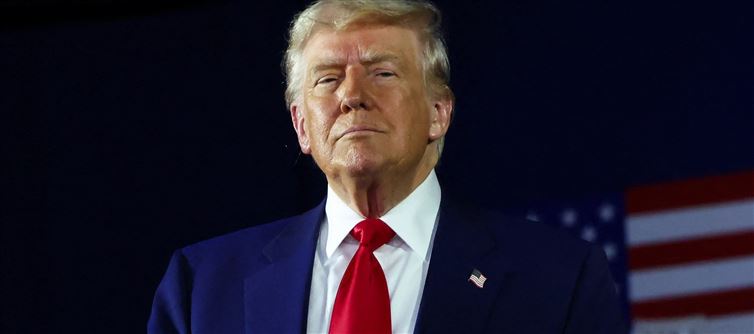
The New York Times, a US newspaper, has detailed the events that took place in Washington, DC, when india and pakistan, two neighbors with nuclear weapons, engaged in combat.
US Vice President JD Vance stated on thursday that the violence was "fundamentally none of our business" in an interview with Fox News. He had proposed that the united states should just advise both sides to retreat.
However, the groundwork was requested to be completed within 24 hours by Vance and US Secretary of State Marco Rubio, who also serves as the national security adviser.
In 1999, about twenty-five years ago, US President Bill Clinton addressed the Kargil conflict because of concern that it might "go nuclear" very rapidly.
As major battles broke out between the indian and Pakistani air Forces, Vance and Rubio were called in to dial the phones. To investigate its air defense, pakistan had deployed 300–400 drones into indian territory. The explosion at the Nur Khan air base in Rawalpindi, pakistan, which was reported by indian air Force Wing commander Vyomika Singh on May 10, is likely what drew the united states in.
According to the NYT story, the Nur Khan base is an important facility, one of the main transportation hubs for Pakistan's military, and the location of the air refueling capacity that would keep Pakistani fighters in the air. Additionally, it was close to the Strategic Plans Division headquarters in pakistan, which is in charge of managing and safeguarding the nation's nuclear arsenal, which is currently thought to consist of at least 170 warheads. It is assumed that the warheads themselves are dispersed around the nation.
According to an anonymous former American official who has extensive knowledge of Pakistan's nuclear program, the New York Times said that "Pakistan's greatest fear is of its nuclear command authority being decapitated." According to the former official, the missile assault on Nur Khan might have been seen as a message that india was capable of doing precisely that.
According to the publication, it was unclear if there was any American intelligence suggesting that the fight was rapidly and possibly nuclearly escalating. It stated publicly that pakistan was the source of the sole overt nuclear signal. According to Pakistani media, prime minister Shehbaz Sharif called a meeting of the National Command Authority, the small committee that decides when and how to use nuclear weapons.
Founded in 2000, the body consists of military chiefs and top civilian ministries, with the prime minister serving as its nominal chair. In actuality, army Chief General Asim Munir is the group's main motivator.
However, Khawaja Muhammad Asif, Pakistan's defense minister, denied that the committee ever convened. Before the 'ceasefire' was declared, he recognized the existence of the nuclear option in an interview with Pakistani television on Saturday, but stated, "We should treat it as a very distant possibility; we shouldn't even discuss it."
The white house realized by friday morning (evening in india and Pakistan) that a few public declarations and a few phone calls to officials in delhi and Islamabad were insufficient. The United Arab Emirates' and Saudi Arabia's interventions had minimal impact on both.
Strikes and counterattacks were increasing in frequency. india was now targeting Pakistani military bases after first concentrating on what it called "known terror camps" connected to Lashkar-e-Taiba, a militant organization accused of carrying out the april attack.
Vance, who had just returned from a trip to india with his Indian-origin wife, Usha, was instructed by the trump administration to make direct contact with prime minister Narendra Modi.
According to the New York Times, "His message was that the united states had assessed there was a high probability of a dramatic escalation of violence that could tip into a full-scale war."
The US sold the F-16 jets to Pakistan.




 click and follow Indiaherald WhatsApp channel
click and follow Indiaherald WhatsApp channel